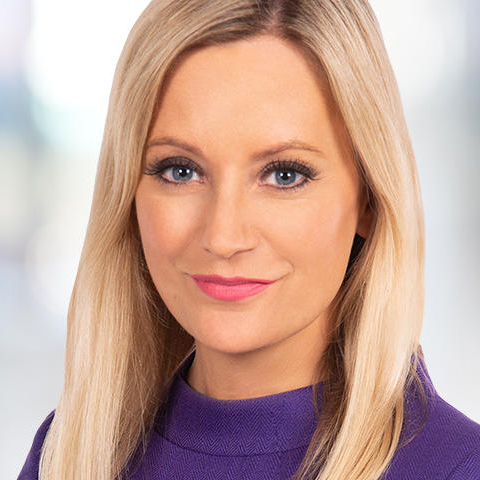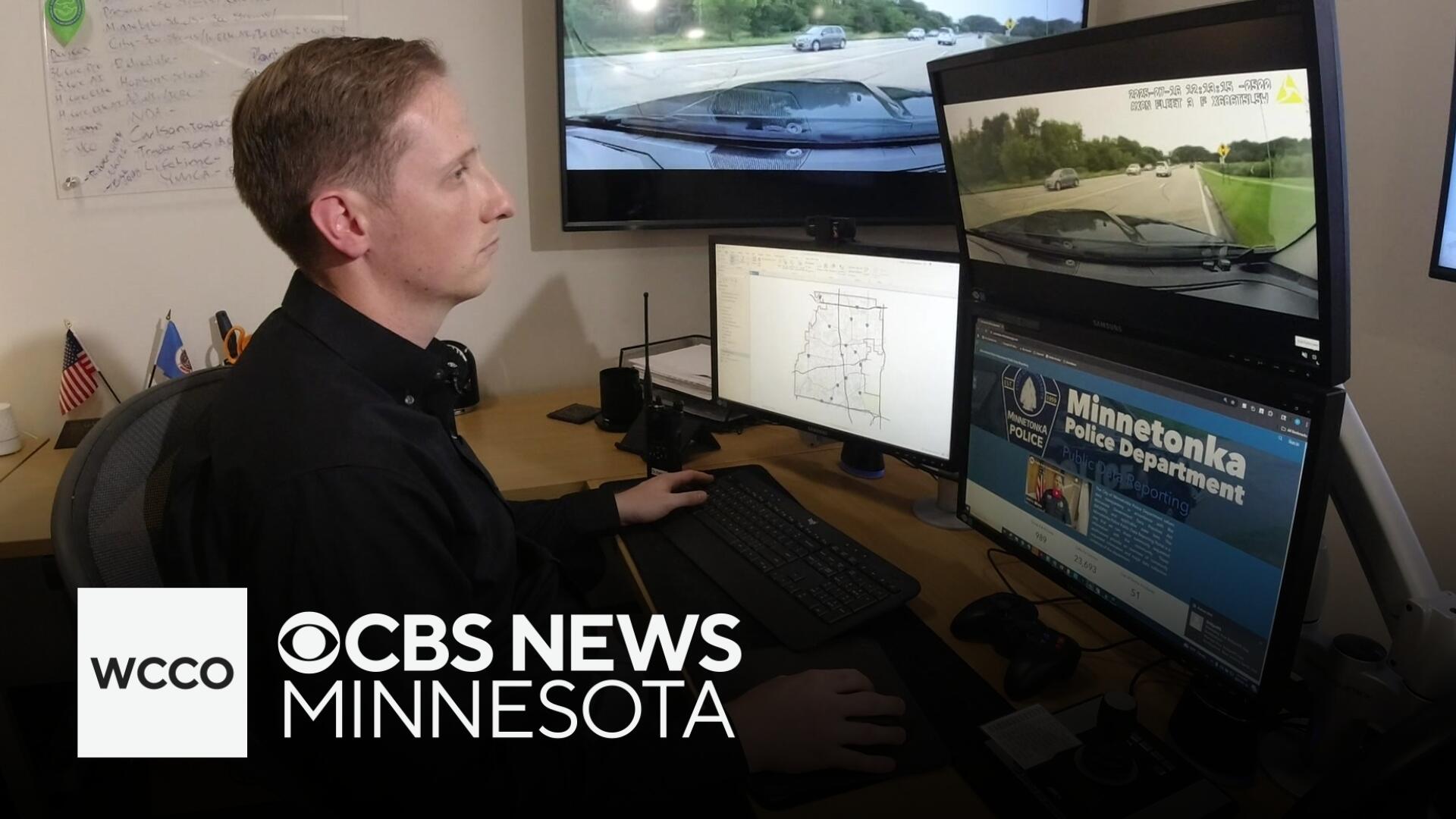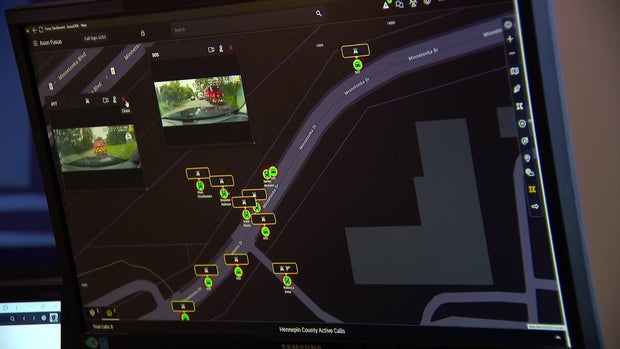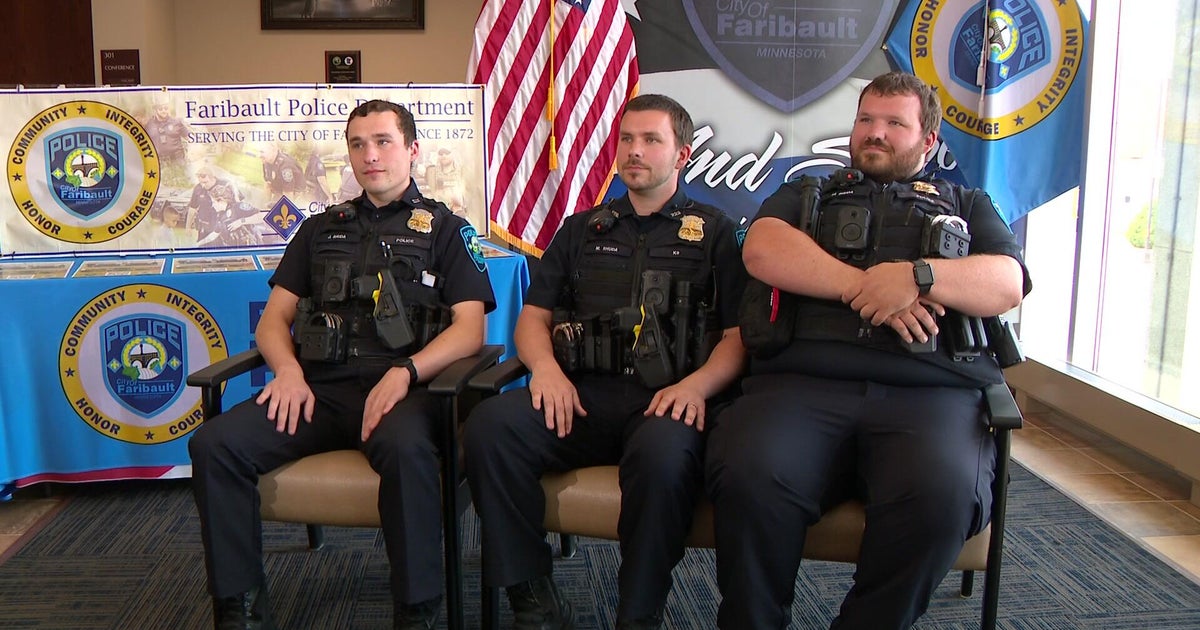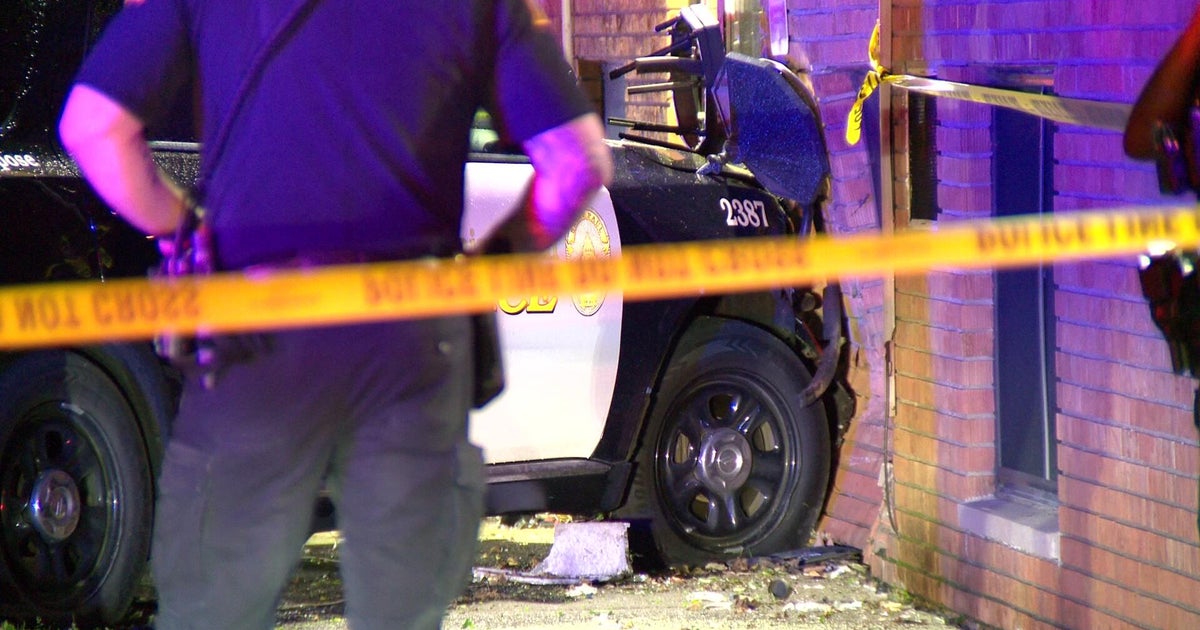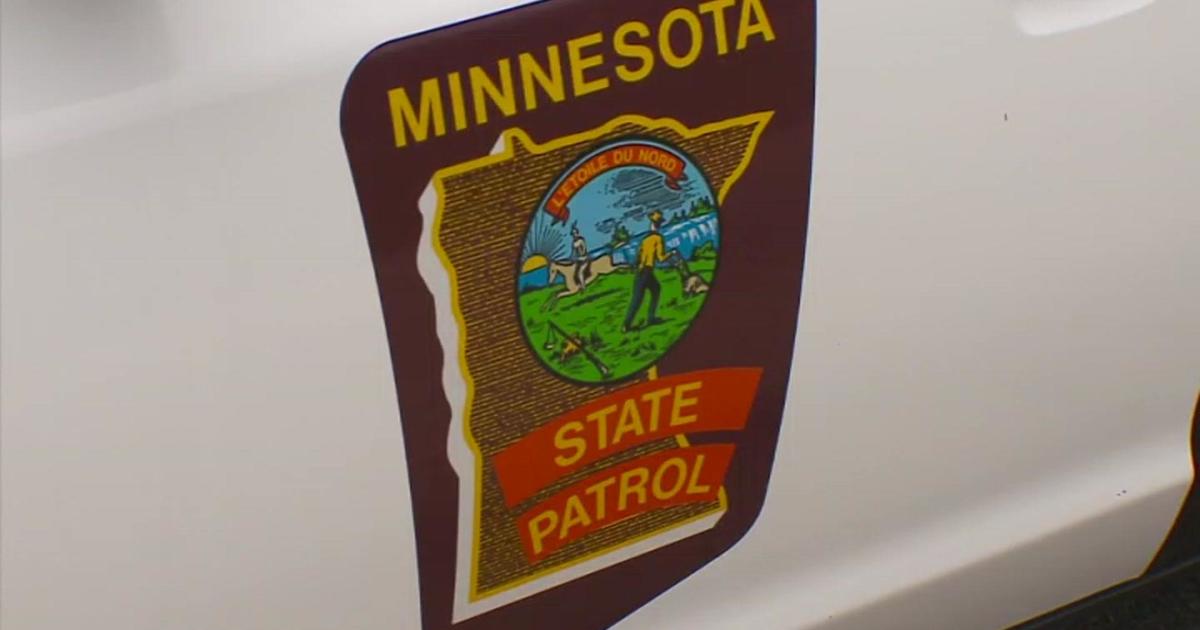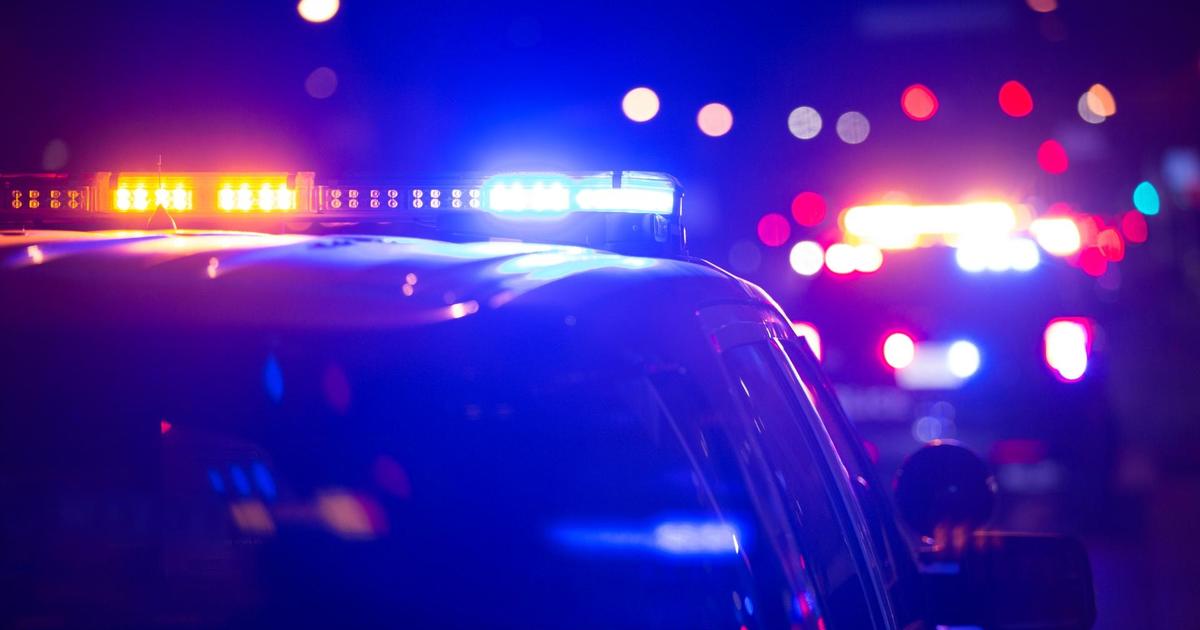New technology used by Minnetonka police helps keep officers, public safe
New technology is giving police in Minnetonka, Minnesota, a new look at what's happening on patrol.
Every officer is now wearing new body cameras that automatically turn on during a critical call. The cameras can also livestream.
When a man made threats at UnitedHealth campus in Minnetonka mid-April, police body cams were on, and leaders in the department were watching.
"Watching the body cameras, seeing what was happening, getting a real sense of exactly what's going on at that scene," said Deputy Chief Jason Tait.
Police invested in an upgrade: cameras that automatically turn on when an officer draws their service weapon, pulls their taser or turns on squad lights.
"With how quickly things happen out on the street, anything that we can do to make the officer's life a little easier," Tait said.
The Bluetooth signal turns on all body-worn cameras and dash cams in a 30-foot radius.
"One less thing for them to worry about, or allow them to be able to make a better decision and focus their brain power under stress to a different area where it's needed most, that's what we're looking to do," Tait said.
That signal transmits the body camera live to the Minnetonka Police Department. Crime analysis supervisor Garith Scherck monitors the movement.
"So on the screen, you can see a number of icons. So this is importing all of our current calls for service. So those are 911 calls or incidents officers have created. And then it's also showing the locations of both our vehicles, our squad vehicles and also the officers' body cameras," Scherck said.
He says he only taps in during critical incidents.
"If it's an alert from an officer's body camera, I'm able to do things like look into what call they're on. So I can look at the individuals and what services they might need," Tait said.
They walked us through how it works, showing us what the body camera shows on the officer and what teams in the department can see.
"So there's an indication the officer knows they're being live streamed. So right now you can see the 'live,' that means that Garith or somebody is watching," Tait explained while showing the top of his body cam.
They say what they can see through this technology is important.
"The situational awareness, being able to have a direct line to what the officer is seeing, what that interaction looks like. Get the right resources there. Can also make sure that our officers are safe, help make better decisions," Tait said.
That's when the police chief and others can be far away, yet see what's happening on scene and talk with officers if needed. Social workers could also weigh in.
"This is a huge technological leap for us. So that helps with de-escalation, that helps with a quicker resolution to the call. Before that, that just simply wasn't possible," Tait said.
The body cams also offer translations in more than 50 languages, ensuring police can immediately communicate with the community. Each feature, they say, is designed to increase public safety.
"We are putting a lot of effort and a lot of innovation into making sure that our officers are equipped to make the best decisions possible," Tait said. "Have the best outcomes possible, the safest outcomes possible for our community."
The department's policy manual is being uploaded onto the body cams this week, so it's at an officer's fingertips whenever there's a question.
